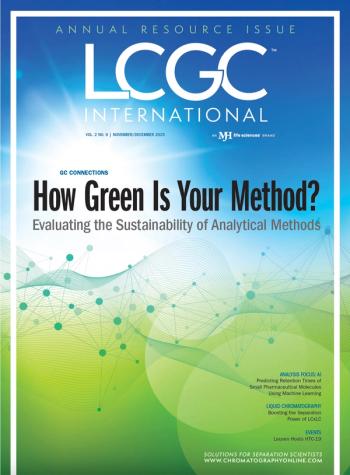
Modified Method for Screening Pesticides in Meat-Based Baby Foods
French scientists have developed a GC?MS method, combined with a triple partition extraction step to reduce the amounts of co-extracted fats, for the determination of pesticides in meat-based baby foods.
French scientists have developed a GC–MS method, combined with a triple partition extraction step to reduce the amounts of co-extracted fats, for the determination of pesticides in meat-based baby foods. Cedric Przybylski and Christophe Segard from the Technical Centre for the Conservation of Agricultural Products (Dury-les-Amiens, France) amended the initial partition process to a three-phase system using water, acetonitrile, and hexane. The addition of hexane was designed to reduce the relatively high fat content, typically 3-20% on this type of food. The extracts were analysed by GC–MS in an ion trap with electron ionisation using a PTV injector, which was configured to evaporate at least 99% of the solvent from an injection volume of 5 µL. The GC temperature was ramped slowly to ensure optimum separation of the target analytes and to retard the passage of the remaining unwanted high-boiling coextractives. Under these conditions, 236 pesticides and transformation products, formed by oxidation, photolysis or thermolysis, could be detected and quantified within 54 minutes.The modified method should find application in regulatory labs where its lower detection limits, ease of use, and ability to cover so many pesticides will make it an attractive option for analysts.
Newsletter
Join the global community of analytical scientists who trust LCGC for insights on the latest techniques, trends, and expert solutions in chromatography.



